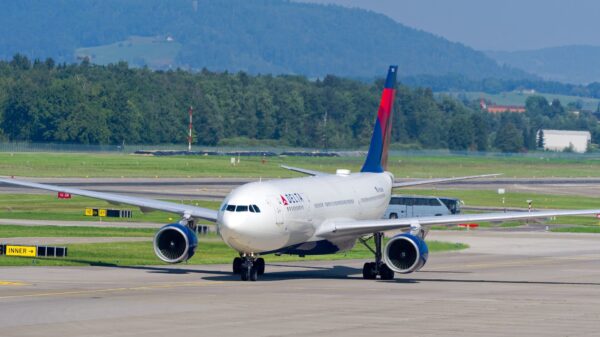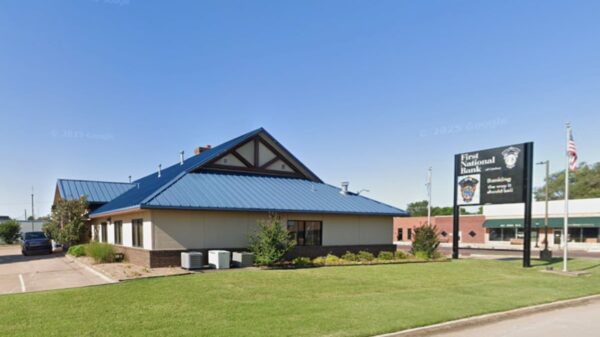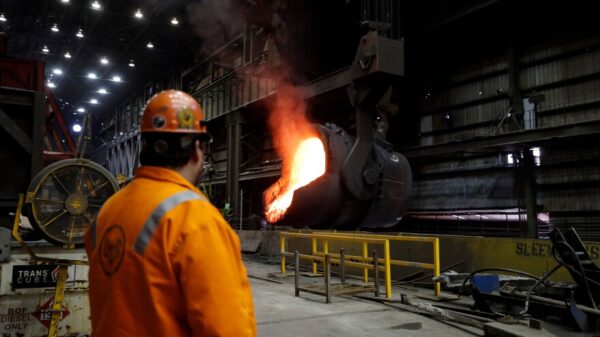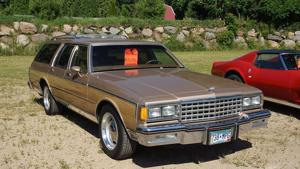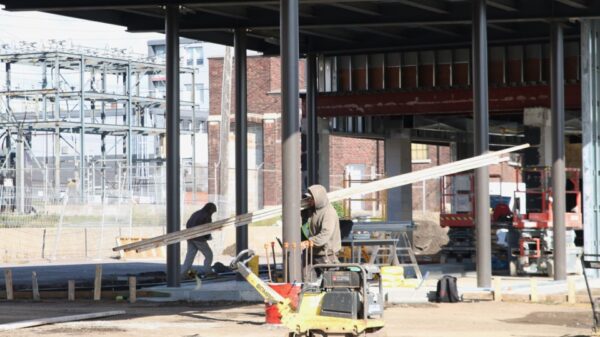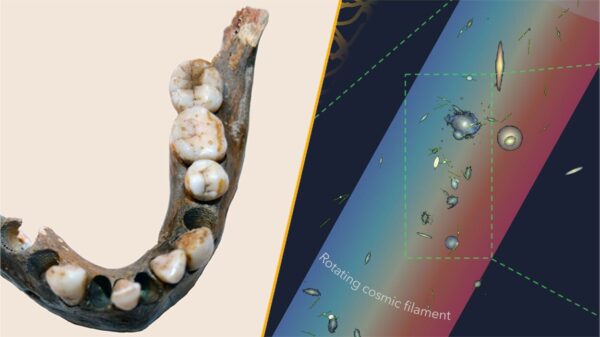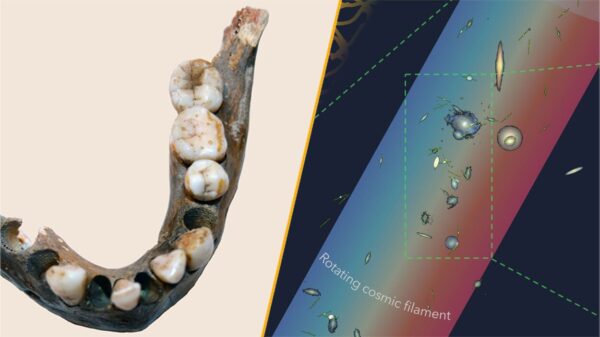Hawaiian Airlines, the largest airline in Hawaii, is considering the Airbus A220 and Embraer E195-E2 as potential replacements for its aging fleet of Boeing 717s. Founded in 1929 and based at Honolulu Daniel K. Inouye International Airport (HNL), Hawaiian Airlines plays a crucial role in connecting the islands with the US mainland, Asia, and the South Pacific. This article will analyze the characteristics of both aircraft and their suitability for Hawaiian Airlines’ operational needs.
Current Fleet and Challenges
Hawaiian Airlines operates 19 Boeing 717 aircraft, making it the world’s second-largest operator of this model, behind Delta Air Lines, which has 80 717s in service. The average age of Hawaiian Airlines’ 717s is around 22 years, positioning them as some of the oldest assets in the carrier’s fleet. Each Boeing 717 can accommodate up to 128 passengers, split between eight in first class and 120 in economy class. This makes it the smallest aircraft in Hawaiian’s fleet, especially compared to larger models like the Boeing 787-9, which carries up to 300 passengers.
According to data from ch-aviation, Hawaiian’s current fleet includes:
– Airbus A321neo: 18
– Airbus A330-200: 24
– Boeing 717: 19
– Boeing 787-9: 4
– Total: 65
With a need for modernization and efficiency, Hawaiian Airlines is exploring the A220 and E195-E2 as viable options to enhance its operations.
Comparing the Airbus A220 and Embraer E195-E2
The Airbus A220 has gained recognition for its performance and passenger comfort. Originally developed by Bombardier and launched in July 2016, the A220 provides a spacious cabin with a 2-3 seating configuration. Its large windows and overhead storage enhance the travel experience. The aircraft is powered by Pratt & Whitney PW1500G geared turbofan engines, resulting in up to 25% lower fuel burn per seat compared to older models. The A220-300 variant boasts a range of approximately 3,900 miles, making it suitable for Hawaiian Airlines’ routes to the US West Coast, including Los Angeles International Airport (LAX) and Seattle-Tacoma International Airport (SEA).
In contrast, the Embraer E195-E2, which entered service in 2019, stands as the largest and most advanced member of Embraer’s next-generation E-Jet family. It offers a capacity of up to 146 passengers and features a 2-2 seating layout, ensuring that no passenger is left in a middle seat. Like the A220, it is equipped with Pratt & Whitney PW1900G engines that deliver fuel efficiency comparable to the A220, also achieving a reduction of around 25% in fuel burn per seat. With a range of up to 2,900 miles, the E195-E2 is well-suited for Hawaiian’s interisland routes and short-haul services.
Both aircraft present unique advantages. The A220 excels in longer-range operations and passenger comfort, aligning with Hawaiian Airlines’ vision of providing a premium experience. Meanwhile, the E195-E2 offers operational flexibility, making it ideal for high-frequency interisland flights where passenger volume may not justify the larger A220.
Furthermore, the E195-E2’s efficiency and lower emissions align with Hawaiian Airlines’ sustainability objectives, enhancing the carrier’s commitment to environmentally friendly operations.
Conclusion
In exploring its options for replacing the aging Boeing 717 fleet, Hawaiian Airlines has identified both the Airbus A220 and Embraer E195-E2 as strong candidates. Each aircraft aligns well with the airline’s operational requirements, offering efficiency, comfort, and flexibility.
As Hawaiian Airlines prepares for its future, the decision on which aircraft to adopt will significantly impact its ability to meet passenger demand while continuing to provide exceptional service across the islands and beyond. With its rich history and commitment to connecting Hawaii with the world, the airline is poised to adapt and thrive in an evolving aviation landscape.










